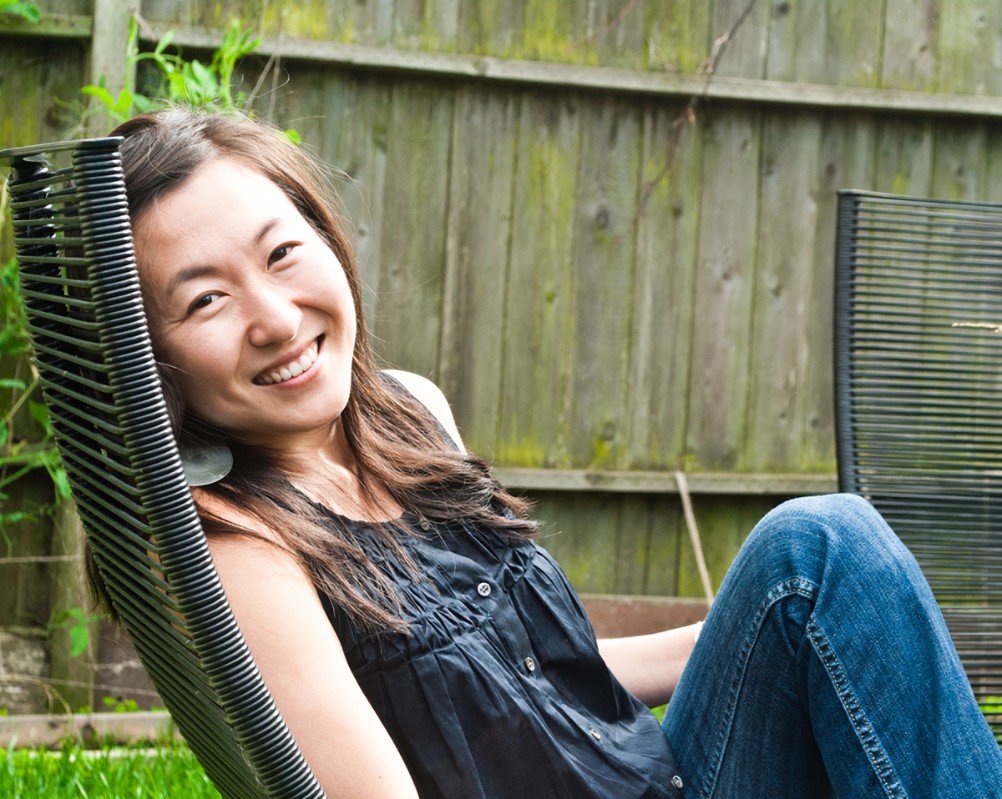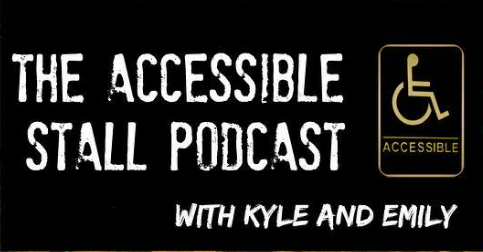Awareness Resources
Disability Language Style Guide
Check out this language guide from the National Center for Disability and Journalism on tips for inclusive disability language.
The Disability History Museum
The Disability History Museum hosts a Library of virtual artifacts, Education curricula, and Museum exhibits. These programs are designed to foster research and study about the historical experiences of people with disabilities and their communities.
9 Best Practices for Social Media Accessibility
Review this guide before posting on Instagram, Twitter, and any other media site to ensure your consumers can access the content.
Document Accessibility
This course provides an overview of how people with disabilities use documents, the Web Content Accessibility Guidelines, characteristics of an accessible document, and a hands on, interactive approach into creating an accessible document. (Approx: 60 Min)
Access Suggestions for Events
Planning a campus or public event? Check out these access suggestions before you get started!
Disability Awareness and Etiquette
This course seeks to help everyone understand the magnitude of the disability community, provide a better understanding of proper language to use when addressing people with disabilities, and address etiquette considerations. (Approx: 120 Min)
Webinars
ADA History and Overview
This course goes on a journey through the history of the ADA. We will summarize the history of Civil Rights Laws and the ADA in the United States, recognize the five titles of the ADA and its enforcement agencies, define disability, and examine rights and responsibilities of people with disabilities. (Approximate time: 60 Min)
Disability Best Practices: Successful Inclusion of Community Members in Health Education Programs
This pre-recorded webinar has closed captions and was provided by the Community Integrated Network of Oregon (CINO) and Oregon Office on Disability and Health (OODH). This webinar reviews disability, access, and inclusion and information in the guidebook published to provide strategies for access & inclusion in healthcare (found below).
Service Animals and the ADA
This course defines service animals and the rights and responsibilities of service animal handlers under the ADA, as well as the differences between service animals, emotional support animals, and therapy animals. (Approximate time: 60 Min Total)
Research & Articles
Accessibility, Inclusion, and Action in Medical Education (2018)
Report of research conducted by the AAMC in March 2018 of Lived Experiences of Learners and Physicians with Disabilities Identifying cultural and structural barriers and catalyzing institutional policies that support all qualified learners, regardless of disability, throughout the medical education continuum is a worthy and essential goal.
Navigating a research career with a disability
In recent years, we have seen an increasing focus in the academic environment on equity, diversity and inclusion. However, one broad group often left out of these discussions are disabled scientists/scientists with disabilities, who often face severe challenges entering the research profession and navigating their careers. Building on the success of the 2022 Young Embryologist Network's meeting, which included a session on ‘Working in science with a disability’ ( Morgan, 2023) we learn here from the lived experiences of five biologists who share the challenges and successes of undertaking a scientific career with a disability, as well as accommodations that can make science, technology, engineering, mathematics and medicine (STEMM) careers more accessible and inclusive.
Lived Experiences

The Disability Visibility Project
The Disability Visibility Project is an online community dedicated to creating, sharing, and amplifying disability media and culture.

Leaving Evidence blog by Mia Mingus
Mia Mingus is a writer, educator and trainer for transformative justice and disability justice. She is a queer physically disabled korean transracial and transnational adoptee raised in the Caribbean.
